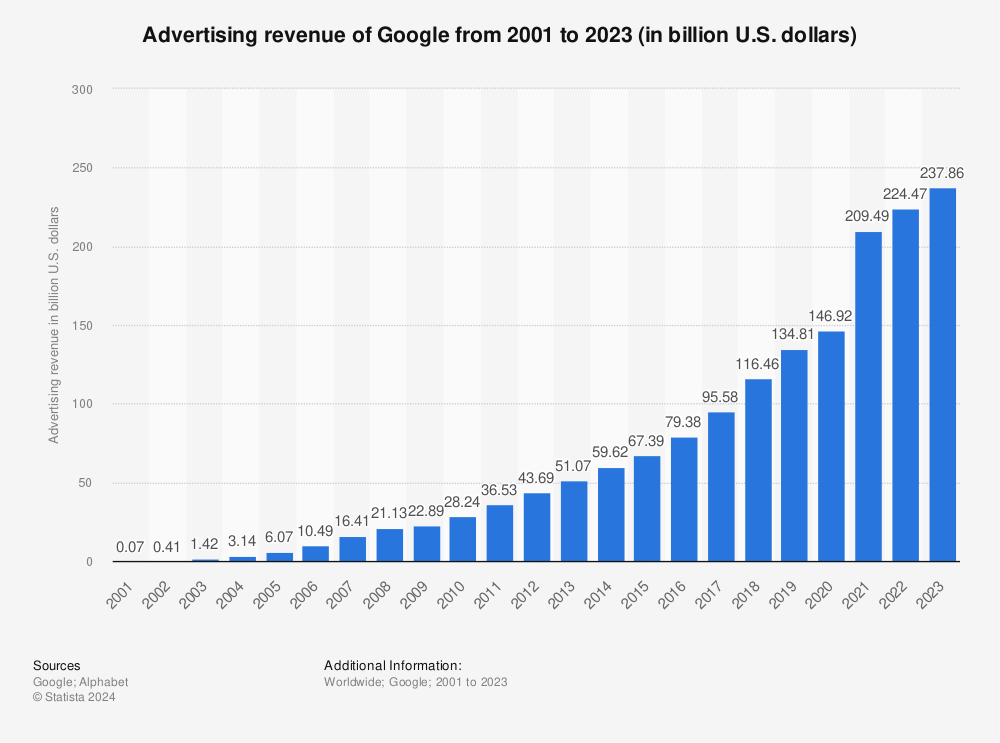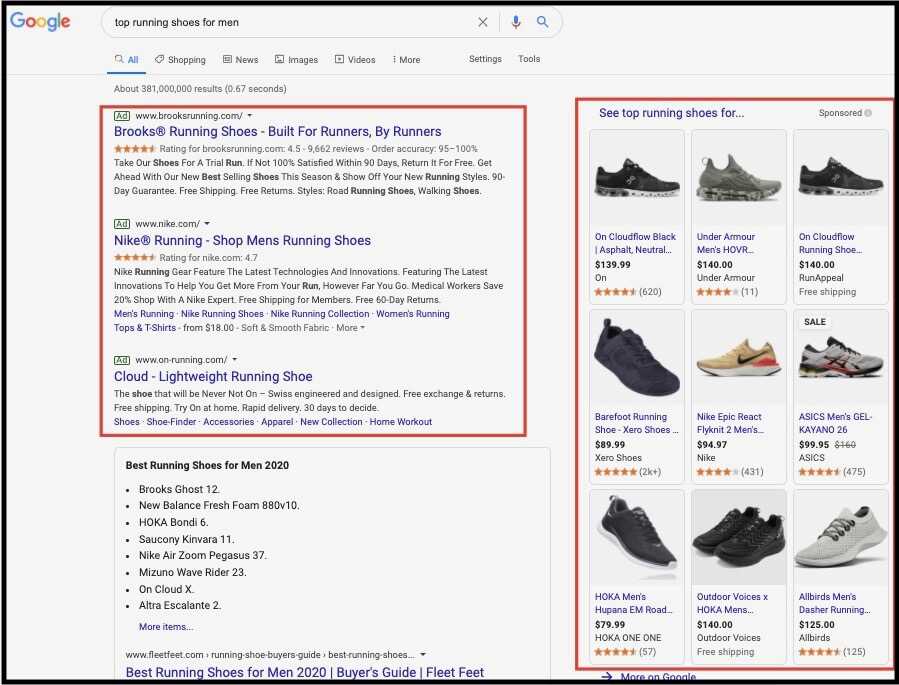Getting a website to rank prominently in organic search results in Google and other search engines takes time, resources, and knowledge, but it can really pay off in the long run. It takes a bit of time before we see the needle move since we have to prove to Google over time that a website is deserving of those page number one listings.
Paid search advertising such as Google Ads and Pay-Per-Click (PPC) campaigns on social media platforms such as Facebook, Twitter, and LinkedIn offer a valid and effective alternative option for driving high-quality search traffic to your site. In fact, if done right, online advertising and search engine optimization (SEO) are the perfect marriage. By perfecting both of these digital marketing strategies, you dramatically increase the likelihood of getting the right people to your website.
Unfortunately, a lot of businesses don’t get the biggest ROI from their paid search budget because they don’t fully understand and master the Google Ads platform.
On Wednesday, August 18, 2021, at 9:00 am PDT / noon EDT / 17:00 BST (UK Time) / 18:00 CEST (Central European Summer Time), Josh Martin, Digital Marketing Expert at Boulder SEO Marketing, will be hosting a 60-minute PPC webinar entitled A Crash Course to Google Ads and Pay-per-Click (PPC).
Josh will outline exactly how to use Search Engine Marketing (SEM) in your business in order to gain more clients. We hope you’ll be able to join us for this hour-long, complimentary, online Google Ads course.
In this blog post, we’ll hit some of the highlights that will be presented during this webinar.
Get More Traffic, Leads, and Sales With Organic SEO and Online Advertising
About 8 out of 10 people will usually click on the organic, non-paid search results, and nearly 75% of those clicks will go to the first 3-4 search results. By combining organic SEO with a sound PPC strategy, the overall likelihood that a potential customer will visit a business’s website almost doubles. Make sure to read the article What is Search Engine Optimization? for additional information on how to get organic search traffic to your website.
According to Statista.com, Google’s ad revenue in 2019 amounted to more than $134 billion.

Find more statistics at Statista
Through its Google Ads platform, the search giant enables advertisers to show ads, product listings, and service offerings to Internet users across Google’s comprehensive ad network. While Google offers a broad range of services and products, advertising accounts for the majority percent of the search giant’s total revenues.
On a constant mission to increase PPC revenues, Google frequently makes changes to its UI to get more people to click on the paid ads. As you can see from this example, after performing a search for top running shoes for men, Google will display a variety of ads at the top as well as to the right side of the search engine results page for this search term.

If you can use PPC strategies to place ads prominently and then also use SEO strategies to rank at the top of the organic search engine results, you’ll dominate the page and have a much higher chance of driving traffic to your website.
In addition to driving more traffic to your website, why else is it important to use PPC and SEO? You can control your message and your landing pages. For example, you might want to run a holiday campaign in December that offers people 20% off their purchases. You can customize that ad and create a dedicated landing page that will be there until the end of December and then you can switch it to something else. Also, customers expect to find you in ads.
Some Google Ads and PPC Strategies You Should Know About
Let’s take a closer look at some of the most common and also relevant Google Ads and PPC strategies that you should know about.
Google Shopping
For those of you with eCommerce sites, Google Shopping is different in that you don’t get to pick your keywords—Google picks your keywords for you based on the product feed from your website. The product feed, which contains all the information about your product, is usually created automatically using Shopify or Magento, which your developer can help you with. Google’s algorithm reads the product feed and decides what search terms you appear for.
With a Google Shopping campaign, it’s really important to look at the search term report to see how people are searching for your products. One thing you can do to be proactive is for those keywords that aren’t relevant, you can add them as a negative keyword so that you won’t show up for it again.
Google Display
When you browse websites, you’ll notice all different kinds of ads. Millions of those websites belong to Google’s Display network. These websites have told Google that they can display ads on their websites.
Native Ads
Native ads are a newer type of ad format geared towards sports and news websites. These ads are found under all the general articles and usually have very enticing headlines in order to get people to click on them. Native ads can require a high budget and be hit or miss. Their goal is to appear across as many websites as possible to create awareness.
Targeting
Hands down, targeting is probably the single most significant improvement in Google Ads over the past five years. Targeting allows the advertiser to place an ad in front of a potential customer who we know is in the market for our products or services. Briefly, it’s essential to know that Google Ads provides various methods to target your advertisements.
1. The first option is called Audience Targeting. You can target audiences by Demographics, Affinity, In-market, Custom Intent, Similar Audiences, and Remarketing. We’ll discuss Remarketing in a bit more detail below.
2. The second option is called Content Targeting. Content Targeting enables advertisers to target audiences by Topics, Placement, Content Keywords, and Display Expansion for Search.
For additional information about this topic, make sure to read Google’s help page entitled Targeting your ads or feel free to reach out for a complimentary Google Ads and PPC consultation.
Remarketing
Remarketing is a way of keeping in front of the people who visit your website but don’t make a purchase or take any action. You can place targeted ads for these people as they browse on the internet. Google AdWords provides a ton of information about potential customers’ behavior that you can use to then place targeted ads. People spend 21% of their time searching, and the other 79% is spent outside of searching, such as on websites, mobile, etc. So with targeted content, you have the opportunity to reach people during that 79% of the time.
You can also create unique experiences based on people’s behavior online. For example, one person may be motivated to go to a website to check out a product. Another person may care more about who the company is and instead will click on more videos by the company, eventually ending up on the website. These are two distinct routes individuals can take to your website, so you want to develop different strategies based on user behavior.
YouTube and Pre-Roll Advertising
YouTube is a great channel for awareness. Many of Google’s advertising platforms and strategies are connected and play nicely with each other. That said, it is possible to use all targeting from remarketing in pre-roll. Google’s video hosting platform YouTube allows advertisers to serve hyper-relevant advertisements to a captive audience before the actual desired video is played.
Creating specific ads and pathways for users to interact with your content through videos is a very effective way to reach customers, and it’s growing in popularity. YouTube is now the second-largest search engine in the world, so it should definitely be considered as a way to reach customers. Make sure to watch the recording of the webinar to learn more about YouTube advertising techniques. For additional information, you may also want to read HubSpot’s YouTube Ads for Beginners: How to Launch & Optimize a YouTube Video Advertising Campaign.
Ad Extensions
Ad extensions are another advertising strategy that you should know about. Think of extensions as Google paid search 2.0. Extensions take up an additional 1/3rd to 1/4th of the top of Google real estate. Extensions literally add extra information to your ad—giving people more reasons to click your ad instead of your competitors’ ads. By taking advantage of these extensions, your ad may show things such as call buttons, location data, links to your website’s particular components, extra text, and more.
If you are not using extensions yet, you will be left behind and pushed to the bottom of the search results. For additional tips and best practices, make sure to read the Google Extensions help page.
Bidding for PPC Campaigns
Bidding for PPC campaigns is both tricky and hard, so we’ll just touch on it here because it really needs a lot of space. The two pieces of data that you really want to focus on are cost-per-click and conversion rates. Every action we take influences those two data points, and those determine what the cost per lead or cost per sale is going to be.
On Google, you can bid based on many factors such as age, time of day, gender, day of the week, and more. We recommend that you test and retest by looking at the data and tweaking your bids.
Conclusion and Next Steps
This is just the beginning of what powerful Google Ads and PPC strategies can do to drive more customers to your website. While SEO is focused on driving organic search traffic to a website, PPC is about getting paid search traffic to a site.
Both ways require focus and resources to drive the process. Many businesses new to search engine marketing will often waste a large amount of their budget. There’s no question about it, PPC can be expensive. You must have the right strategy to make sure that you’re seeing a solid return on your investment.
We’re a full-service Google Ads agency, and we offer some of the most effective and affordable PPC services. Please don’t hesitate to reach out if you need help with your paid search advertising. We’re only a phone call or email away.
